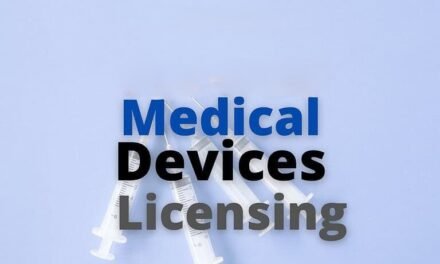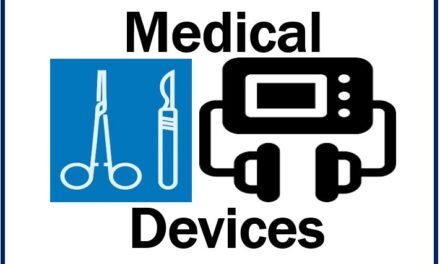
What are the effects on polymer materials commonly used in medical devices?

Polymer materials are widely used in medical devices due to their versatility, biocompatibility, and adaptability. However, their performance can be affected by various factors, including environmental conditions, sterilization processes, mechanical stresses, and chemical interactions. Here’s an overview of the effects on commonly used polymer materials in medical devices:
1. Types of Polymers Used:
- Polyethylene (PE):
- Applications: Catheters, tubing, and implants.
- Polypropylene (PP):
- Applications: Syringes, surgical trays, and non-woven fabrics.
- Polyvinyl Chloride (PVC):
- Applications: Blood bags, IV tubes, and gloves.
- Polytetrafluoroethylene (PTFE):
- Applications: Vascular grafts, catheters.
- Polycarbonate (PC):
- Applications: Dialysis machines, connectors, and enclosures.
- Silicone:
- Applications: Implants, wound dressings, and seals.
- Polyurethane (PU):
- Applications: Catheters, surgical adhesives, and wound care products.
2. Environmental Effects:
- UV Radiation:
- Exposure can lead to photo-oxidation, causing discoloration, embrittlement, and loss of mechanical properties in polymers like PVC and polyethylene.
- Moisture and Humidity:
- Can lead to hydrolysis in polymers like polyurethanes, reducing mechanical strength.
- Temperature Extremes:
- High temperatures can cause thermal degradation, while low temperatures can increase brittleness in materials like polycarbonate.
3. Sterilization Effects:
- Gamma and Electron Beam Sterilization:
- Can lead to chain scission or cross-linking, affecting mechanical properties and discoloration in polymers like polyethylene and polypropylene.
- Ethylene Oxide (EtO) Sterilization:
- Generally less damaging but can leave chemical residues, requiring thorough aeration.
- Autoclaving (Steam Sterilization):
- High heat and moisture can degrade certain polymers (e.g., polycarbonate and polyurethane), causing warping or loss of transparency.
4. Mechanical Stress:
- Creep and Fatigue:
- Long-term loading can lead to deformation or failure in materials like polyethylene and polypropylene.
- Abrasion and Wear:
- Common in moving parts like joints in surgical instruments or catheters.
5. Chemical Interaction:
- Solvent Resistance:
- Polymers like PTFE and polyethylene have excellent chemical resistance, while others like PVC and polycarbonate may degrade when exposed to organic solvents or strong acids.
- Drug Absorption:
- Silicone and some polyurethanes can absorb drugs, potentially altering dosage delivery.
6. Biocompatibility Issues:
- Leaching of Additives:
- Plasticizers in PVC or stabilizers in other polymers can leach out, raising concerns about biocompatibility.
- Degradation Byproducts:
- Some polymers produce byproducts during degradation that may cause inflammation or toxicity (e.g., degradation of polyurethanes into isocyanates).
7. Long-Term Effects:
- Aging and Oxidation:
- Prolonged exposure to oxygen and light can lead to oxidative degradation, especially in polyolefins like polyethylene and polypropylene.
- Environmental Stress Cracking (ESC):
- Interaction with chemicals under stress can cause microcracks in materials like polycarbonate and acrylics.
8. Emerging Concerns:
- Microplastics:
- Fragmentation of polymers like PVC and polyethylene can lead to the generation of microplastics, posing environmental and health concerns.
- Recyclability:
- Limited recycling options for medical-grade polymers due to contamination and specialized formulations.
9. Innovations and Solutions:
- Improved Additives:
- Development of stabilizers and plasticizers that minimize leaching and enhance longevity.
- Advanced Polymers:
- Use of high-performance materials like PEEK (polyether ether ketone) and biopolymers with greater resistance to environmental and chemical factors.
- Coatings and Treatments:
- Application of protective coatings to improve chemical resistance and reduce wear.
Polymer materials play a critical role in the medical device industry, but their performance is influenced by environmental, mechanical, and chemical factors. By understanding these effects, manufacturers can select appropriate materials, optimize designs, and implement protective measures to enhance the durability, biocompatibility, and safety of medical devices.




























